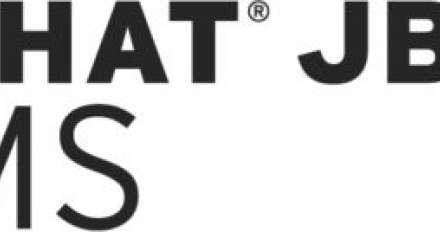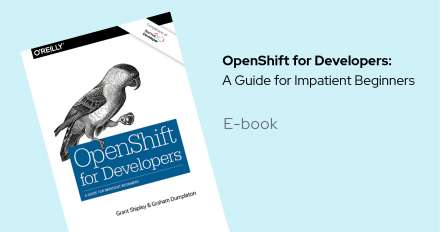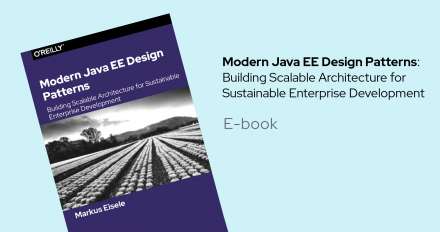
That app you love, part 4: Designing a config-and-run container












Keen to build web applications for the cloud? Get a quick hands-on introduction to OpenShift®, the open source Platform as a Service (PaaS) offering from Red Hat®. With this practical guide, you’ll learn the steps necessary to build, deploy, and host a complete real-world application on OpenShift without having to slog through long, detailed explanations of the technologies involved.








This book explains how to bridge one monolithic Java EE server runtime or cluster with microservice-based architectures on top of Java EE.

